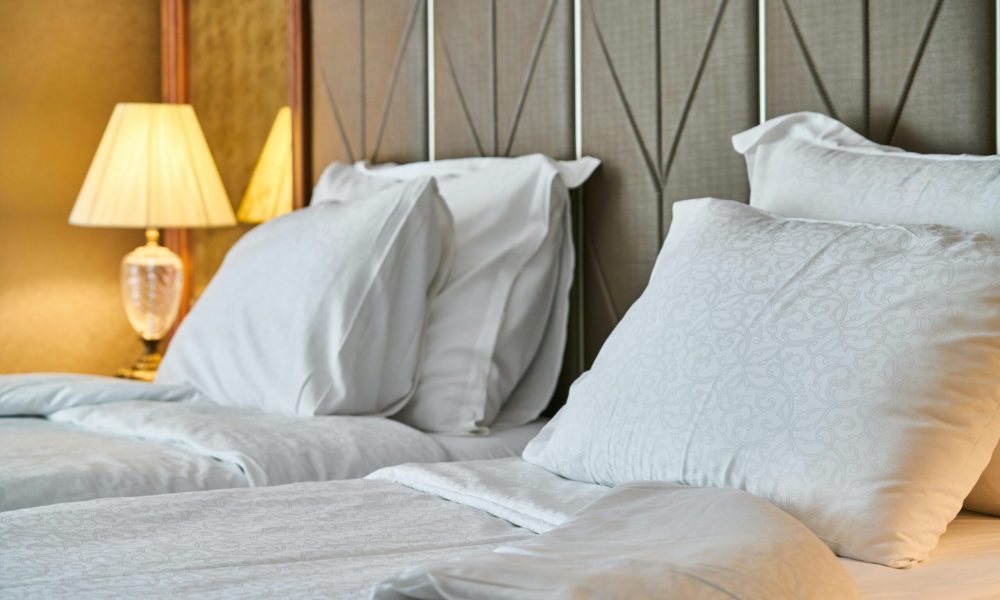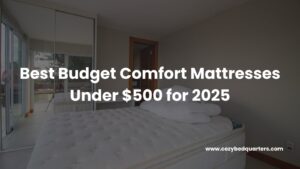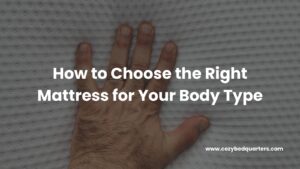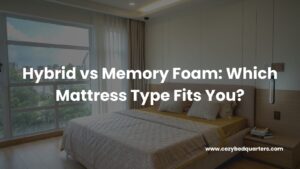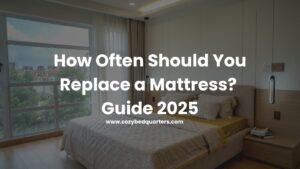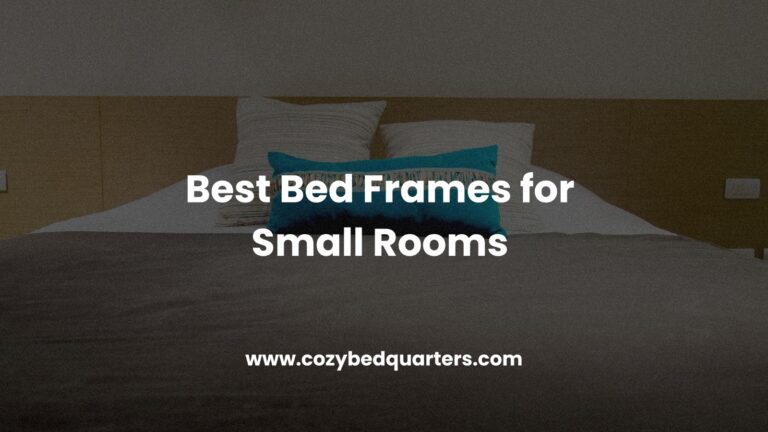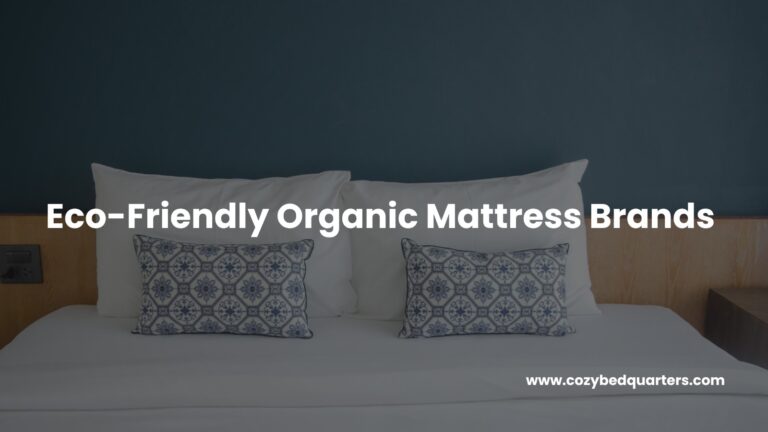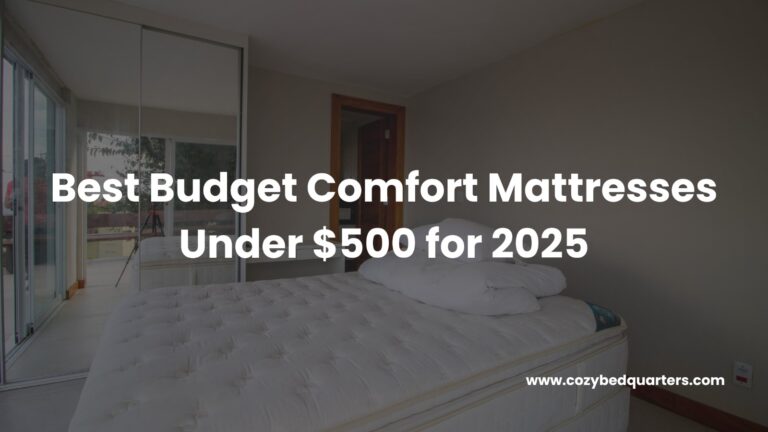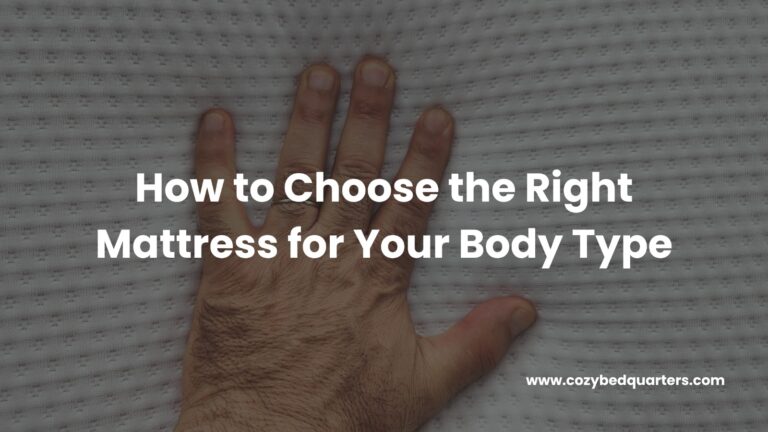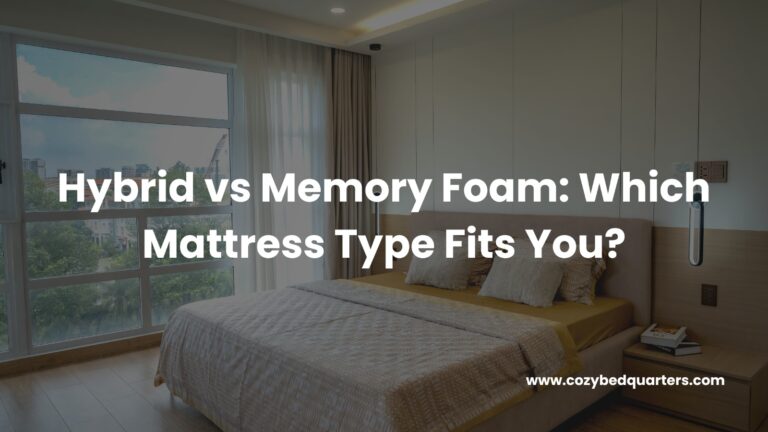Mattress for Bunk Beds
Finding the perfect mattress for bunk beds is essential for safe, comfy sleep—especially in compact spaces like kids’ rooms or guest nooks.
Key Takeaways: Mattress for Bunk Beds
- Ideal thickness for top bunks is 6–8 inches to ensure safety with guardrails
- Memory foam, innerspring, and hybrids each offer unique sleep benefits
- Lightweight options work best for upper bunks; check frame weight limits
- Certified, toxin-free materials are vital for child-safe sleep environments
- Proper care extends a mattress’s lifespan up to 10 years
Why Mattress Selection Is Important for Bunk Beds
Choosing the right mattress for bunk beds impacts safety, comfort, and structural integrity. The thickness determines guardrail clearance, the weight affects frame load, and the materials drive sleep quality.

Key Factors to Consider When Buying a Mattress for Bunk Beds
Mattress Thickness
The safest option for top bunks is a mattress between 6–8 inches thick, ensuring users remain below the guardrails. Bottom bunks may allow more flexibility, but always follow the frame’s specifications. A mattress that is too thick can reduce the guardrail’s effectiveness or lead to safety hazards.
For further depth, see our guide on choosing the right mattress.
Mattress Type
Memory foam molds to the body for a plush feel, while innerspring mattresses provide bounce and ventilation. Hybrids combine both to offer balanced support. Each material behaves differently in terms of temperature, support, and durability.
Learn more in our post on latex mattresses and support.
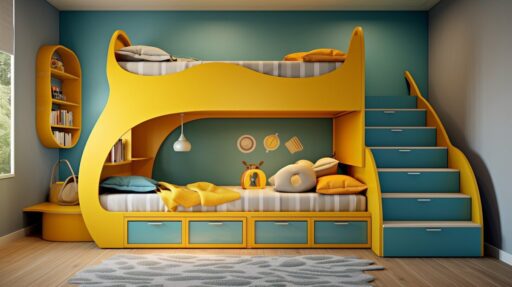
Weight Distribution
Foam mattresses tend to be lighter—ideal for upper bunks where weight is a concern. If you opt for a hybrid or spring model, ensure it stays within the bunk’s load limit. Overweight mattresses can strain the frame over time.
Safety Standards
Always look for certifications like CertiPUR-US® to verify foams are free of harmful chemicals. Use external links like CertiPUR-US® responsibly. Look also for GREENGUARD or OEKO-TEX® labels for added assurance.
Benefits of Choosing the Right Mattress for Bunk Beds
Enhanced Comfort
A properly chosen mattress supports spinal alignment in all sleep positions. Pair it with smart layout ideas from our space-saving bedroom hacks for full effect.
Space Optimization
In tight rooms, a slim but supportive mattress helps keep the space feeling open. Use the vertical savings from bunk beds plus under-bed storage to maximize function.

Durability
High-quality materials resist sagging even under frequent use. For related insights, see our Murphy bed mattress guide and its updated version.
Comparing Mattress Types for Bunk Beds
Innerspring Mattresses
Great for kids who move much during sleep. Coil systems promote airflow, making them cooler in warmer climates.
Memory Foam Mattresses
Contours to the body for pressure relief. Because foam retains heat, consider breathable covers or gel-infused foams.
Hybrid Mattresses
Combines coils with comfort foams. Gives a middle ground between support and contouring—but check the weight for upper bunks.
How to Maintain Your Bunk Bed Mattress
Regular Cleaning
Vacuum regularly and use a mattress protector. For best practices, check this mattress cleaning guide.
Rotation and Flipping
Rotate every 3–6 months. If the mattress is double-sided, flip it. This helps prevent sagging, especially in high-traffic beds.
Airing Out
Occasionally strip the mattress and let it breathe in sunlight or fresh air. This helps reduce odors and moisture buildup.
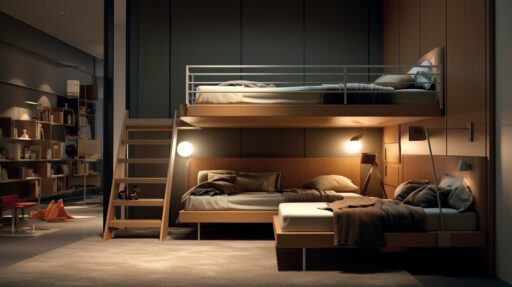
FAQs About the Best Mattress for Bunk Beds
- What size mattress fits a bunk bed?
- Most bunk beds accept twin or twin XL mattresses. Some frames allow a full-size bottom bunk—always measure length and width and compare against manufacturer specs.
- Can you put any mattress on a bunk bed?
- No. You should use a mattress under ~8 inches thick on the top bunk and always adhere to weight limits to maintain guardrail safety.
- Are memory foam mattresses safe for bunk beds?
- Yes—if certified and properly sized. Their lower weight is a plus for upper bunks, but avoid overly plush styles that exceed guardrail height.
- How long does a bunk bed mattress last?
- With proper care expect 7–10 years, depending on materials, usage, and upkeep. Heavy use or frequent jumping can shorten lifespan.
- What’s the best mattress type for kids?
- Innerspring is often ideal for its sturdiness and airflow. Memory foam is fine for comfort preferences. Always choose hypoallergenic, low-VOC options, and breathable covers.
Choosing the right mattress for bunk beds enhances safety, comfort, and space optimization. Whether for kids or guests, a well-selected mattress can transform any bunk into a restful retreat. Explore top options now at Cozy Bed Quarters.
Related Reading:

